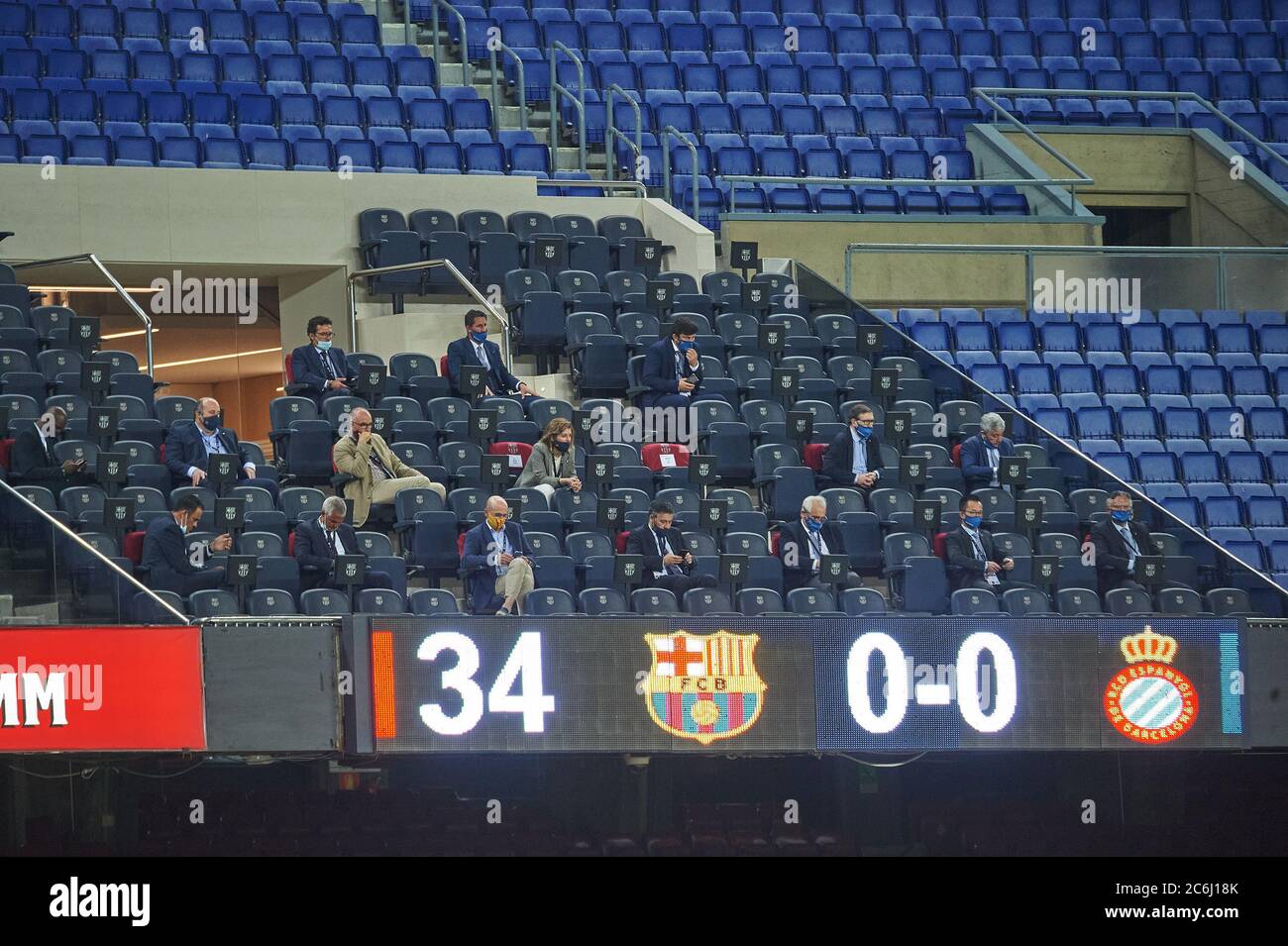
Barcelona's problem isn't VAR, it's a lack of quality' - Rivaldo dismisses Bartomeu's claims of bias towards Real Madrid | Goal.com English Saudi Arabia

Bartomeu defiende el gesto de Piqué hacia la grada y su alusión al desarraigo del Espanyol | IUSPORT: EL OTRO LADO DEL DEPORTE

BARCELONA, SPAIN - JUNE 23: Josep Maria Bartomeu during the he Liga match between FC Barcelona and RCD Espanyol at Camp You on July 08, 2020 in Barcel Stock Photo - Alamy











/cdn.vox-cdn.com/uploads/chorus_image/image/58603141/911733860.jpg.0.jpg)





/cdn.vox-cdn.com/uploads/chorus_image/image/64015485/1146918225.jpg.0.jpg)